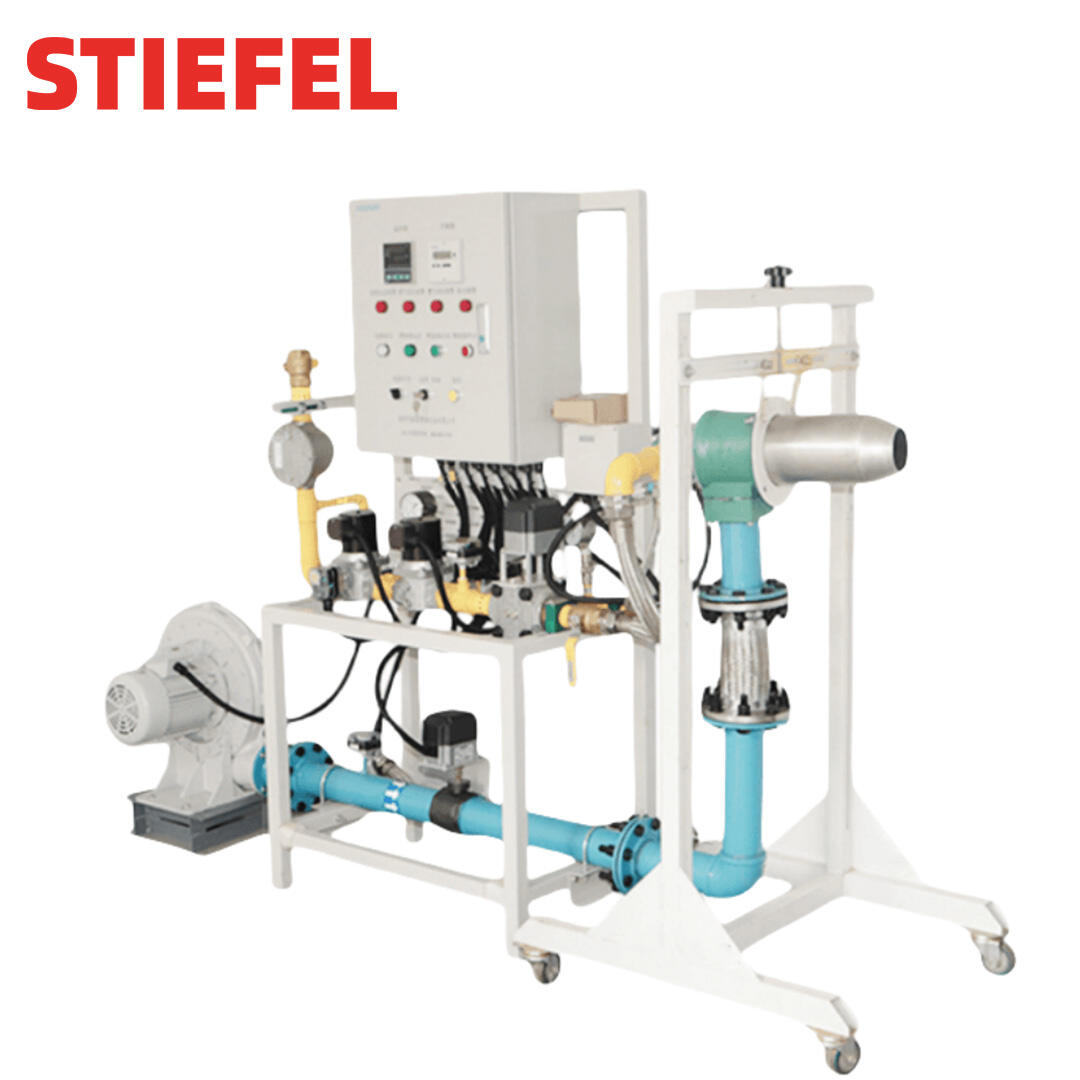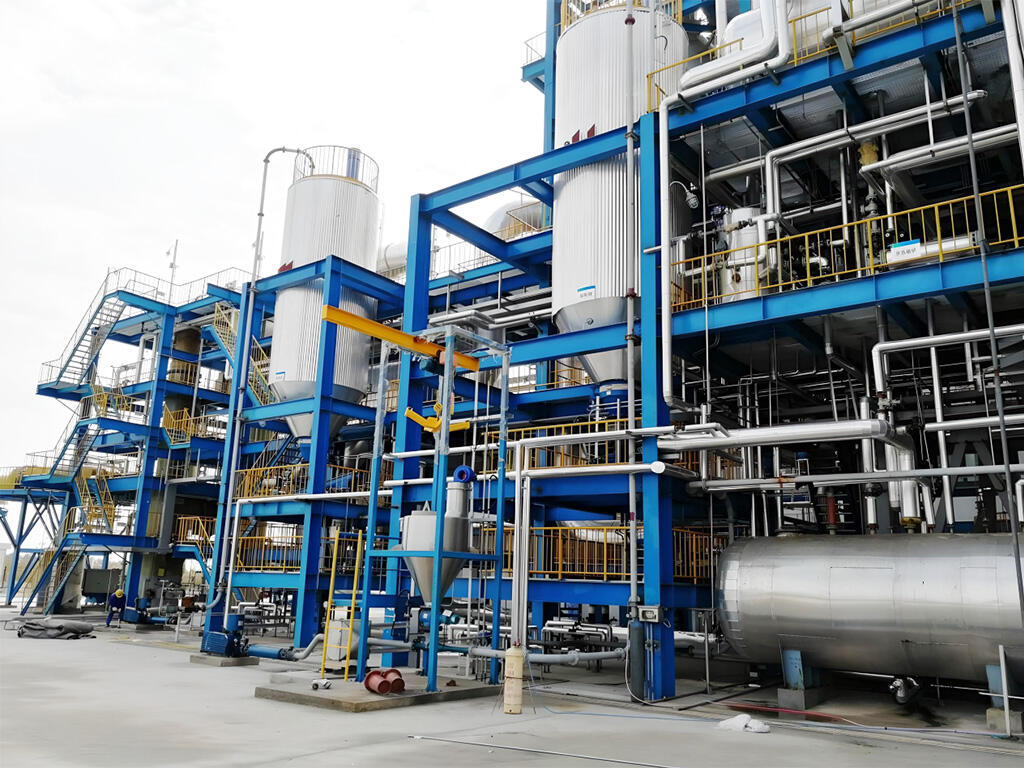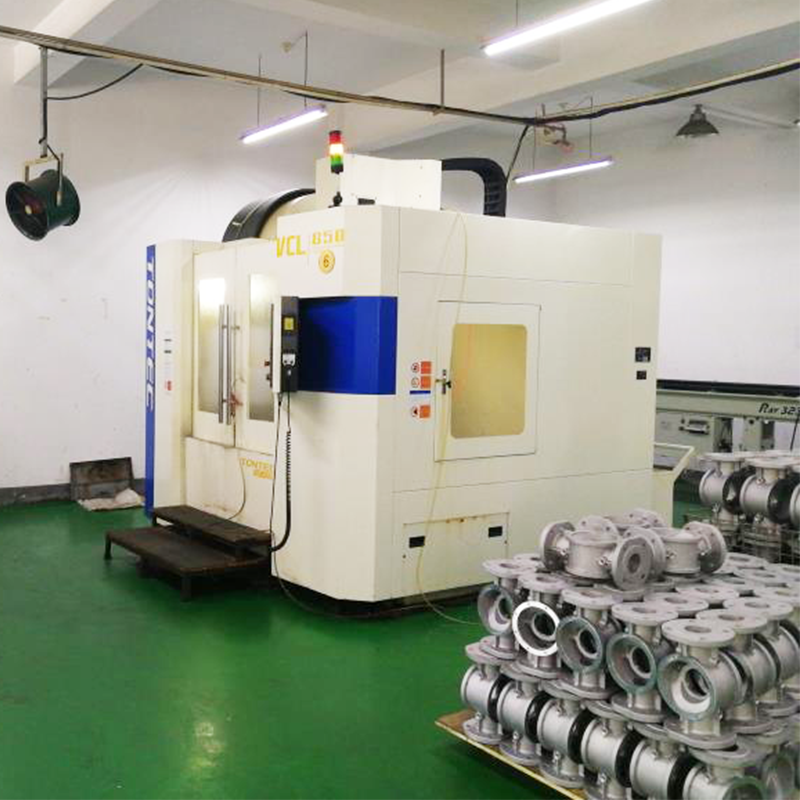Enhancing Burner Efficiency with Modern Burner Parts
How Advanced Burner Design and Combustion Optimization Enhance Performance
The latest burner components incorporate rapid mix tech that gets fuel and air mixed properly before they enter the actual combustion area. This brings down those excess oxygen levels that used to sit around 7 or 8% down closer to what's needed for complete burning. Older models had this problem where the mixture would start too early, basically wasting good fuel. When there are fewer unburned hydrocarbons floating around, these new designs hit about 98% efficiency in burning everything properly. That's roughly 12 percentage points better than what we saw with the old school systems back in the day, as shown by some recent tests on industrial boilers.
The Role of Combustion Efficiency and Air-to-Fuel Ratio Optimization
Air to fuel ratio controls that keep things within about 2% is pretty impressive compared to old mechanical systems which could swing around 15%. When it comes to natural gas burners, getting this kind of control means cutting down those pesky NOx emissions by roughly 30%, plus better heat gets transferred too. The actuators without linkages react super fast, almost instantly really, because they're constantly checking the flue gas data in real time. This helps maintain just the right amount of oxygen no matter what the burner is doing at any given moment.
Strategy for Identifying Inefficiencies in Existing Burner Systems
- Baseline Analysis — Measure stack temperatures, oxygen levels, and combustion stability during low- and high-fire operation
- Component Wear Check — Inspect burner nozzles, diffusers, and fuel valves for erosion or carbon buildup
- Cycling Frequency Audit — Excessive starts and stops indicate poor turndown performance
A Midwest chemical plant reduced annual fuel costs by $182,000 after identifying 27% excess air intake during routine audits using this approach.
Case Study: Measured Boiler Burner Efficiency Gains After Upgrade
A commercial heating system upgraded from 1980s mechanical burners to modern electronic actuators achieved the following results:
| Metric | Before | After | Improvement |
|---|---|---|---|
| Combustion Efficiency | 86% | 94% | +8% |
| Excess Oxygen | 7.2% | 2.1% | -71% |
| Annual Gas Use | 412,000 therms | 359,000 therms | -13% |
The $68,000 retrofit paid for itself in 14 months through fuel savings and lower emissions compliance costs.
Maximizing Fuel Efficiency and Energy Savings Through Advanced Burner Controls
Linking Fuel Efficiency and Energy Savings to Upgraded Burner Controls
Burner controls today can tweak the mix of air and fuel on the fly, which cuts down on wasted energy while still keeping the heat output where it needs to be. Plants that have installed these fancy modulating control systems report saving somewhere around 5 to maybe 8 percent on their yearly fuel costs just by cutting back on extra air when they're running at lower loads. What makes these systems really valuable is how they handle changes in outside temperatures and differences in fuel quality automatically. This means operators don't have to constantly monitor things manually, and the equipment stays efficient whether it's cold outside or the fuel supply varies a bit from day to day.
Impact of Digital Combustion Controls on Real-Time Fuel Management
Digital controls integrate IoT sensors to monitor stack oxygen, flame stability, and emissions in real time. Immediate adjustments to combustion parameters are critical—suboptimal tuning can increase fuel costs by $18—$42 per hour in mid-sized industrial boilers (ETC 2023).
Data Insight: Energy Efficiency Improvements from Upgrading Boiler Burners
Facilities upgrading legacy burners report 12—18% energy efficiency gains within the first year. These improvements stem from reduced heat loss and tighter stoichiometric control, as demonstrated in O2 trim technology trials where particulate emissions dropped by 27% alongside measurable fuel savings.
Evolution of Burner Parts: From Mechanical Linkages to Servomotors
Contemporary systems replace manual linkages with servo-driven actuators that adjust damper positions with 0.5% accuracy. This eliminates the 3—5% efficiency penalty caused by linkage wear and calibration drift in mechanical systems, ensuring long-term performance consistency.
Reducing Emissions with Low-NOx Burner Technology
How Low-NOx Burners Contribute to Emissions Reduction
Low NOx burners are making waves in reducing those pesky nitrogen oxide emissions, sometimes knocking them down as much as 75%. They achieve this through clever methods such as injecting fuel at different stages and recycling some of the exhaust back into the system. The trick works because these systems keep flame temperatures from getting too hot, which is basically what causes all those NOx problems in the first place. When companies implement internal flue gas recirculation, they're actually mixing some of their own exhaust gases back into the combustion air. This simple yet effective approach cuts down on NOx production anywhere between half to three quarters in most industrial settings according to recent data from Enertherm in 2023. For plant managers dealing with tough environmental regulations, this means staying well within legal boundaries while keeping operations running smoothly, especially when emission limits drop below that critical 30 parts per million threshold many facilities struggle with.
Stack Oxygen Monitoring and Flue Gas Monitoring in Emissions Control
Stack oxygen sensors that work in real time along with flue gas analyzers help keep the air to fuel mix just right. Keeping an eye on things closely stops too much air from getting into the system, something that actually costs money in wasted energy and creates more harmful NOx emissions as well. These systems get even better when connected to internet enabled sensors. The flue gas recirculation then keeps things burning properly even when there are changes in demand or workload. Plants that have adopted all these technologies together see around 18 to 22 percent fewer NOx emissions than those still relying on manual adjustments. That kind of improvement makes a real difference for both environmental compliance and operational costs.
Balancing Emissions Compliance With Operational Costs
Upgrading equipment does cost money initially, but modern low NOx systems actually help avoid problems down the road. Take places like California's South Coast Air Quality Management District for instance. Companies there face massive fines if they don't comply with regulations sometimes hitting half a million dollars each year just for not following rules. And those fines often end up costing more than what it would take to install proper retrofits in the first place. According to research from last year on how efficient combustion works, most businesses get back between 60 to 80 percent of what they spent on upgrades within just two years thanks to lower fuel bills and escaping those costly penalties. Plus, many systems come in modular pieces now so companies can tackle improvements step by step rather than needing to spend all their budget at once when making changes to meet emission goals.
Improving Turndown Ratio for Greater System Flexibility and Longevity
Understanding Improved Turndown Ratio in Modern Burner Parts
Today's burner systems can hit turndown ratios above 10 to 1 because of better combustion controls and improved fuel air mixing techniques. What this really means is the burner can cut back on fuel without losing stability in the combustion process, which matters a lot for places where heating needs fluctuate throughout the day. Some industry research points out something interesting too. Burners with at least an 8 to 1 turndown ratio tend to save about 18 percent on yearly maintenance expenses when compared against older models that only manage around 3 to 1. The reason? They just go through fewer thermal stress cycles over time.
Role of Burner Turndown Ratios in Efficiency and Equipment Longevity
Higher turndown ratios deliver two key benefits:
- Fuel efficiency: Output can be precisely matched to demand, eliminating energy waste from oversized operation
- System longevity: Stable low-fire combustion reduces thermal shock to refractory materials
Industrial boilers operating at 7:1 ratios experience 23% longer service intervals between major rebuilds (ASHRAE 2023 data).
Benefits of Linkage-Free Systems in Precision and Maintenance Reduction
Linkage-free burner designs use servomotor controls and digital positioning to eliminate mechanical wear points. This innovation provides:
- 0.5% fuel mixture accuracy (compared to 5% in mechanical systems)
- 70% reduction in linkage-related maintenance
- Instant response to load changes
Eliminating wear-prone components extends average burner service life by 4—7 years in commercial applications.
Calculating Cost Savings and ROI of Upgrading Burner Parts
Calculating cost savings from burner upgrades
Modern burner parts improve efficiency by 8—15% through optimized combustion and reduced heat loss. Annual fuel savings can be calculated as:
Annual Savings = (Pre-upgrade fuel use × Fuel cost) → (Post-upgrade fuel use × Fuel cost)
For example, a facility spending $120,000/year on natural gas could save $9,600—$18,000 annually with a 10% efficiency gain. Stack oxygen monitoring data shows that upgrades typically pay for themselves in under 12 months when burners operate more than 4,000 hours per year.
Payback period for burner upgrades: Financial analysis and benchmarks
The breakeven point varies by utilization and fuel prices:
| Scenario | Investment | Annual Savings | Payback Period |
|---|---|---|---|
| 10% efficiency gain | $41,000 | $20,500 | 2 years |
| 15% efficiency gain | $68,000 | $28,900 | 2.3 years |
Lean combustion systems with precise air-to-fuel control yield faster returns. Infrared thermal imaging and flue gas analysis help identify poorly tuned systems where upgrades offer the highest ROI.
Return on investment (ROI) case example in commercial heating systems
A Midwest hospital upgraded its 4MMBtu/hr boilers with low-NOx burners and electronic ratio controls, achieving:
- 22% reduction in natural gas use ($36,000/year savings)
- $18,000/year lower maintenance costs due to reduced soot buildup
- $142,000 net present value over 10 years
As shown in lifecycle analysis, digital combustion controls extended equipment lifespan by 3—5 years while ensuring ongoing NOx compliance.
FAQs about Enhancing Burner Efficiency
What are the benefits of modern burner components?
Modern burner components improve fuel efficiency, reduce emissions, and optimize combustion, resulting in cost savings and better environmental compliance.
How does air-to-fuel ratio optimization contribute to efficiency?
By maintaining a precise air-to-fuel ratio, modern burners reduce excess air, cutting down NOx emissions and enhancing heat transfer efficiency.
Why are linkage-free burner systems advantageous?
Linkage-free systems offer precise fuel mixture control, reduce maintenance costs, and extend the service life of burner components.
How do digital combustion controls impact fuel management?
Digital controls with IoT sensors enable real-time monitoring and adjustments, preventing fuel waste and maintaining optimal combustion conditions.
What can facilities expect in terms of cost savings from upgrading burner parts?
Facilities can see 8-15% efficiency improvements, leading to significant annual fuel savings and quick payback periods for the initial investment.
Table of Contents
- Enhancing Burner Efficiency with Modern Burner Parts
- Maximizing Fuel Efficiency and Energy Savings Through Advanced Burner Controls
- Reducing Emissions with Low-NOx Burner Technology
- Improving Turndown Ratio for Greater System Flexibility and Longevity
- Calculating Cost Savings and ROI of Upgrading Burner Parts
-
FAQs about Enhancing Burner Efficiency
- What are the benefits of modern burner components?
- How does air-to-fuel ratio optimization contribute to efficiency?
- Why are linkage-free burner systems advantageous?
- How do digital combustion controls impact fuel management?
- What can facilities expect in terms of cost savings from upgrading burner parts?



